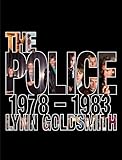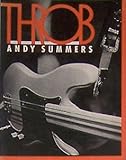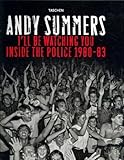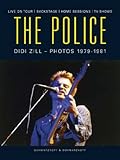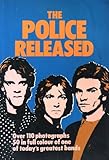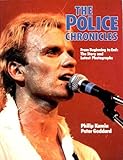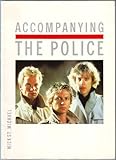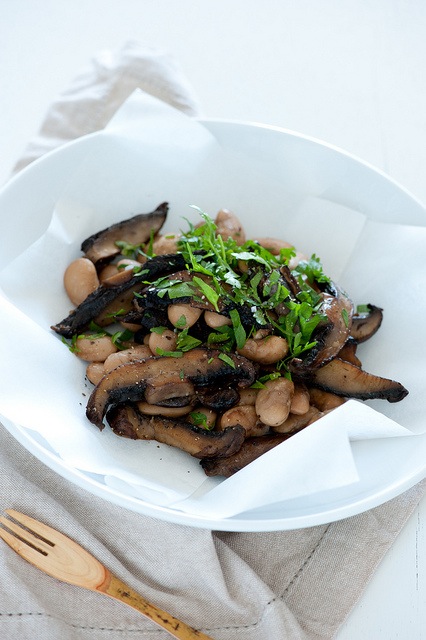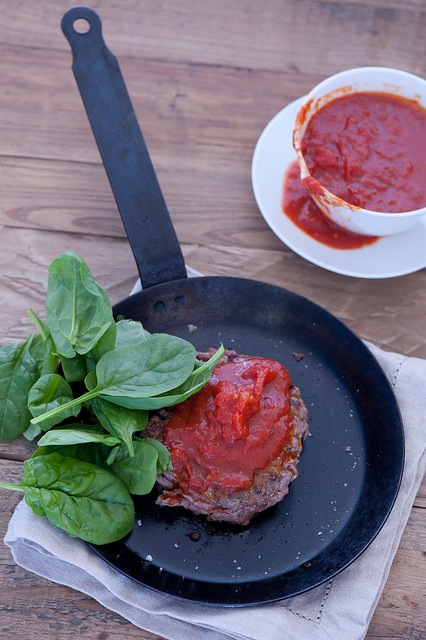Basic tips to improve your flash photos
Basic tips to improve your flash photos

Are you disappointed with your flash photographs? Do you need some basic flash photography tips to help you get the most from your flash photography? Well, you have come to the right place. If you go all guns blazing in to flash photography you will be disappointed with your results period. With a “gun ho” approach your images will be inconsistent and you are likely to be plagued with over/under exposed backgrounds, over/under exposed subjects, hot spots, shadows and red eye.
Flash photography isn’t easy however, provided you gain some basic theory it is not impossible. With specific equipment, a little theoretical knowledge and a lot of practice you will soon be on your way to capturing stunning flash photographs that will impress your family, friends and peers.
So, if you want to improve your flash photographs please check out the rest of this page as it focuses on the basic flash photography tips for beginners that will help you improve your flash photography and capture the types of flash photos you want to get.
Image is the awesome Sigma EF-610 DG
Flash photography isn’t easy however, provided you gain some basic theory it is not impossible. With specific equipment, a little theoretical knowledge and a lot of practice you will soon be on your way to capturing stunning flash photographs that will impress your family, friends and peers.
So, if you want to improve your flash photographs please check out the rest of this page as it focuses on the basic flash photography tips for beginners that will help you improve your flash photography and capture the types of flash photos you want to get.
Image is the awesome Sigma EF-610 DG
Flash photography tips - Ignore the camera's built in flash
Using the pop up flash is a waste of time

Flash photography tips - Get an external flash gun
Top branded flash guns aren't always the best
If you don’t use the pop up flash you are going to need to buy an external flash gun for your flash photography. External flash guns are powerful, you have the opportunity to increase/decrease the intensity of the light as necessary and you can control the direction of the light (although this requires some accessories). External flash guns offer manual mode, which allows you to adjust the settings so you can capture creative flash photos, as well as an automatic “point and shoot” mode. The automatic mode is useful for situations where there isn’t the time to set the flash exposure manually, such as during a catwalk shoot.
There are plenty of external flash guns on the market so finding a suitable model won’t cause too many problems. If you shoot a Canon or a Nikon camera many photographers argue the respective branded flash guns are the best buy, however I have to say that I disagree.
Don’t get me wrong, Canon and Nikon branded flash guns are exceptionally good and will do everything you want them too (and probably more in most instances) however they are expensive and they don’t give you the best bang for your buck.

SIGMA
Amazon.com: $135.00
The Sigma EF-610 DG ST is an awesome external flash that is available for Nikon, Canon, Sigma, Pentax and Sony digital slr cameras. With a guide number of 61m (200ft) at ISO 100 this is one powerful flash that will be ideal for almost any situation you come across. In fact, if this flash isn’t powerful enough there isn’t an external hot shoe flash that is, and you will have to resort to a studio strobe instead.
In the words of Honda “Power is nothing without control” and the Sigma offers the controls to make the most out of the power. The Sigma offers full manual control which allows you to adjust the setting exactly how you want it, which makes it is perfect for capturing creative and professional looking flash photographs. The Sigma is user friendly and intuitive to use, and after a few moments with the user manual you will be up and running with it. Some flash guns are complex but the Sigma EF-610 DG ST is not. The Sigma also offers a fully automatic TTL mode for those situations where you don’t have time to adjust the flash exposure manually.
Like all Sigma products the build quality of the EF-610 DG ST is simply superb and on par with Canon and Nikon branded flash guns. This is a tough and durable flash gun that is built to last and, provided you look after it, you will get many years of trouble free service.
The Sigma EX-610 DG ST is an affordable flash gun that gives a lot of bang for the buck. Compared to the Canon and Nikon branded equivalents, the Sigma is definitely the best buy and a flash gun I highly recommend. I have been using one a few years now and I will never buy a Canon or Nikon branded flash gun again.
Flash photography tips - Never use a naked flash light
A light modifier is essential

A light modifier diffuses the light emitted by the flash, hence softening it and making it less harsh, and more manageable.
Some photographers argue that bouncing the flash light off a ceiling, reflector or nearby wall is good enough to soften the light, however I still prefer to use a specific light modifier. I was caught out in a situation where the ceiling was too high to bounce the light off and there were no suitable walls near and handy, and ever since that day I always carry around my trusty portable soft box with me.
There are plenty of different types of light modifiers and they don’t cost a fortune either, and in my opinion, a light modifier is essential for flash photography and will improve your flash photos no end.
Flash photography tips - Learn to balance the flash with ambient light
An essential technique that will make your flash photos stand out from the crowd
One of the most important things I learned in flash photography is to balance the ambient light and the flash light. Simply ignoring the ambient light is likely to lead to a correctly exposed subject and an incorrectly exposed background. In the worst case scenarios the photograph will consist of a correctly exposed subject and a black background, which does not make a decent photo.
You have to think of a flash photograph as two exposures merged in to one, i.e. an ambient exposure and a flash exposure. When balancing the two, the first thing to do is to expose for the ambient light by taking a meter reading. Now you have the first meter reading use the same shutter speed or aperture (depending on what is most important for the photo you are trying to capture) and take a flash exposure before adjusting the flash accordingly.
Learning to balance the ambient light and the flash light is a challenge but once you get the hang of it your flash photos will improve no end, believe me. In order to learn how to correctly balance the flash and ambient light I suggest you read a flash photography book (all good ones will explain the technique) and then practice, practice, practice.
You have to think of a flash photograph as two exposures merged in to one, i.e. an ambient exposure and a flash exposure. When balancing the two, the first thing to do is to expose for the ambient light by taking a meter reading. Now you have the first meter reading use the same shutter speed or aperture (depending on what is most important for the photo you are trying to capture) and take a flash exposure before adjusting the flash accordingly.
Learning to balance the ambient light and the flash light is a challenge but once you get the hang of it your flash photos will improve no end, believe me. In order to learn how to correctly balance the flash and ambient light I suggest you read a flash photography book (all good ones will explain the technique) and then practice, practice, practice.



